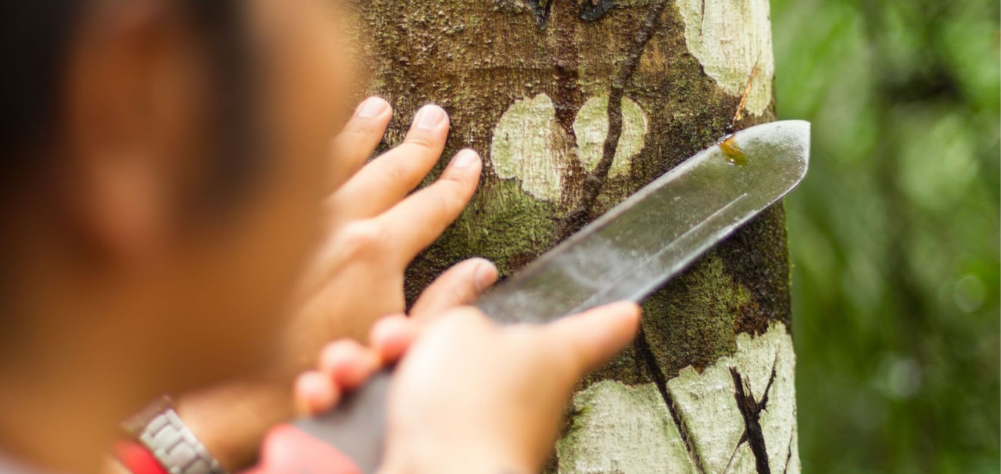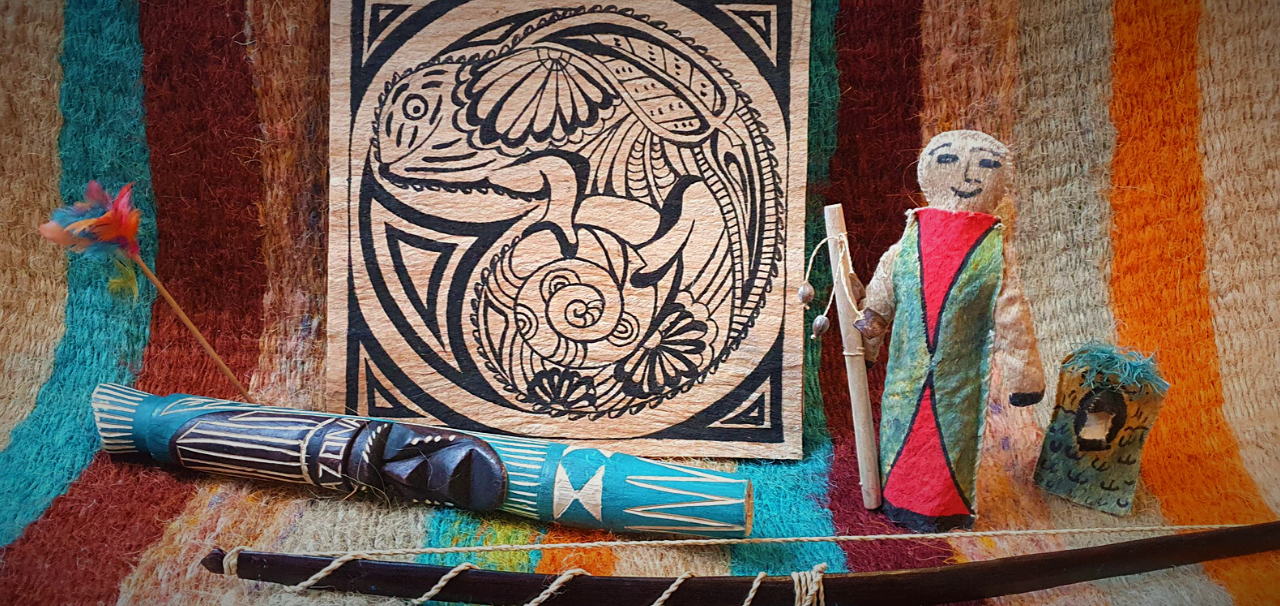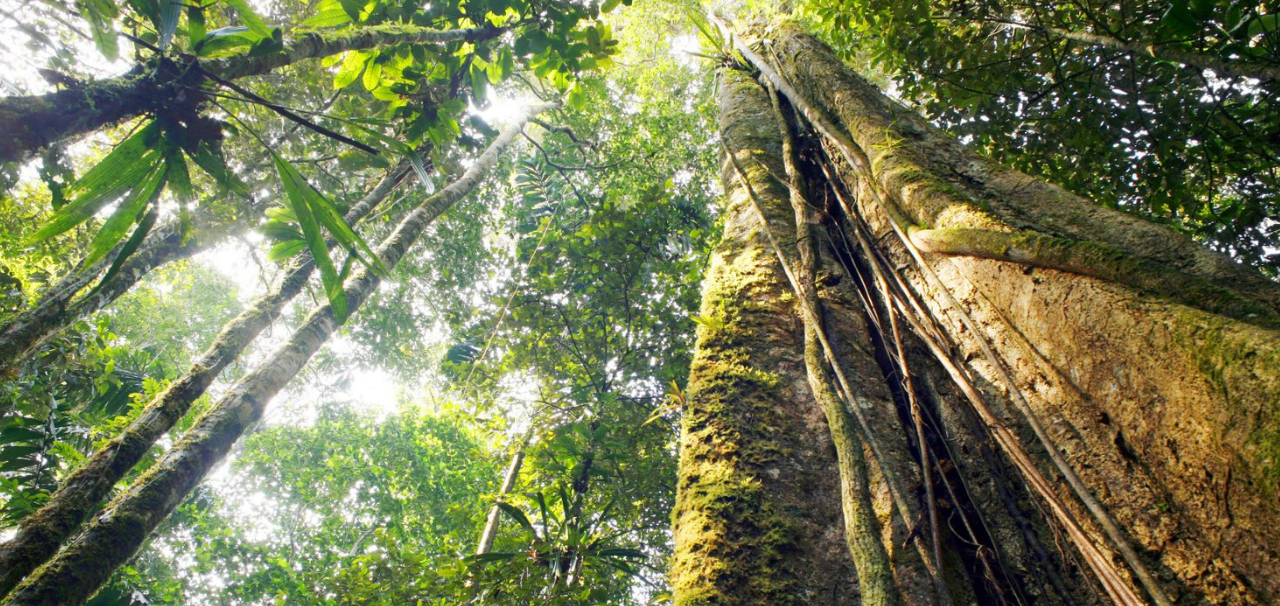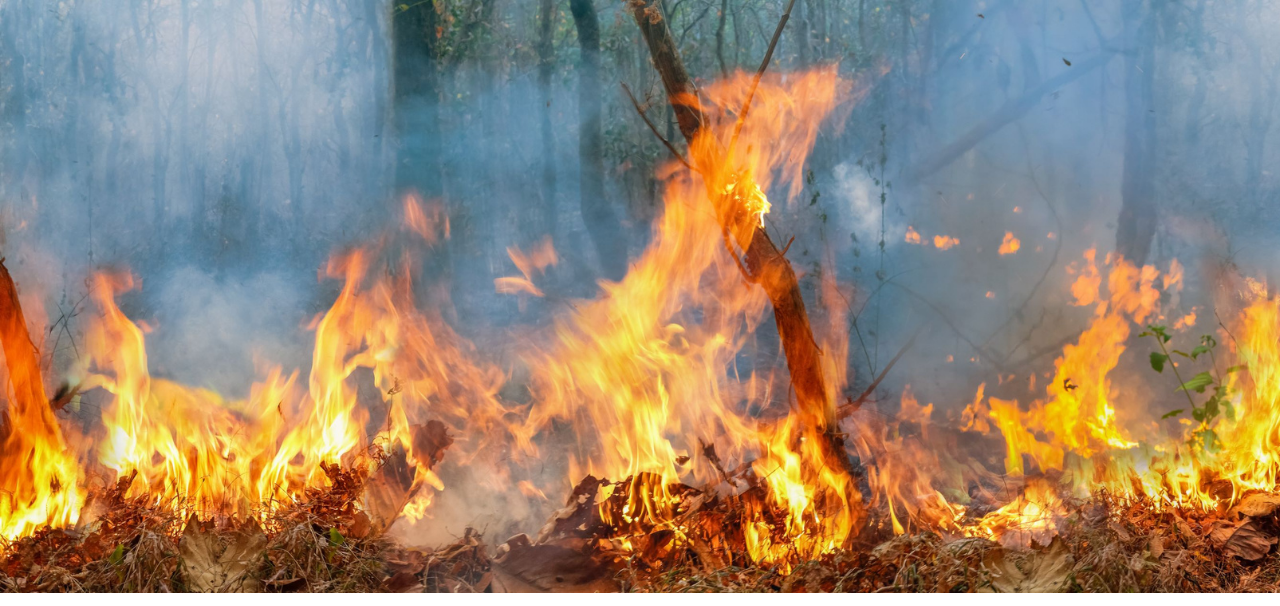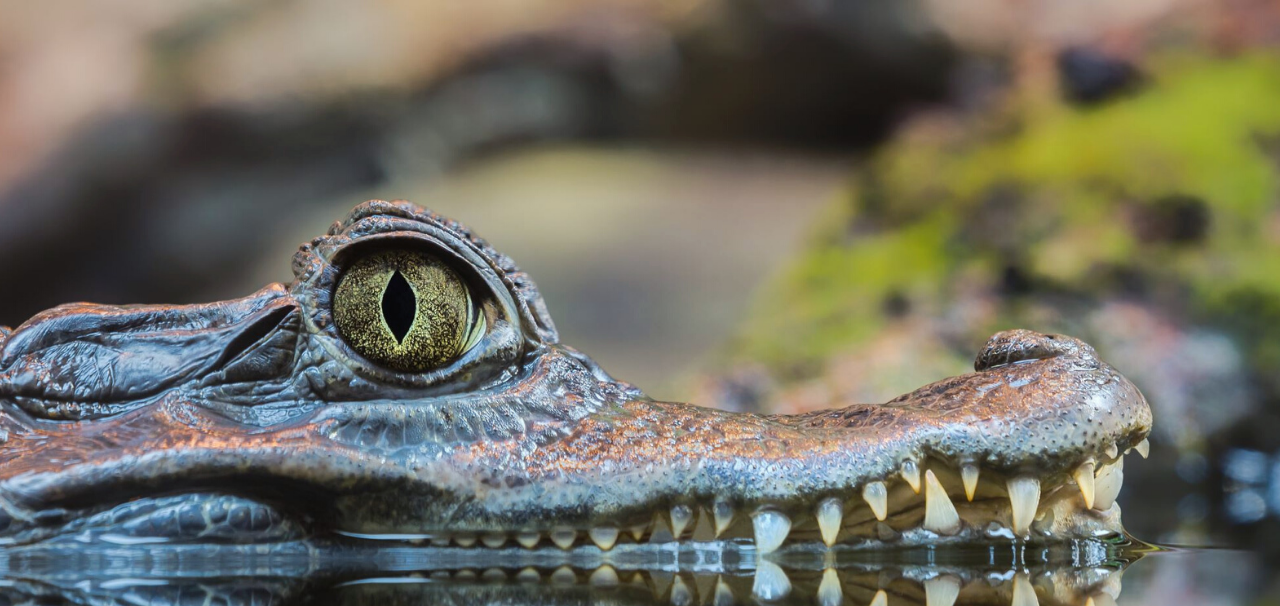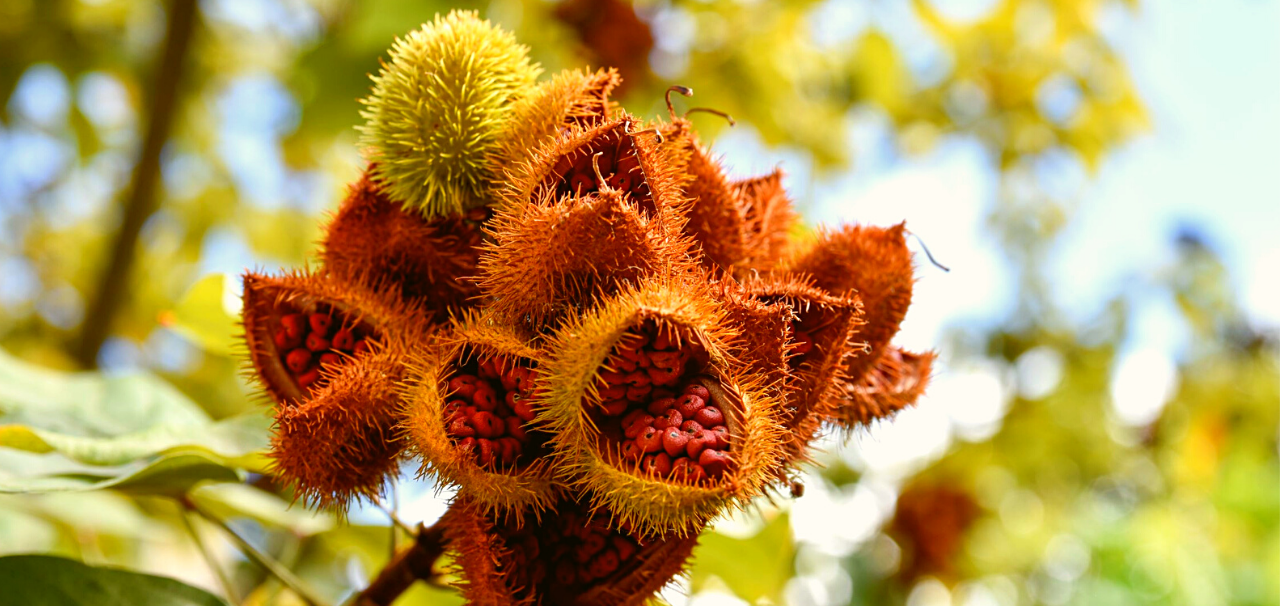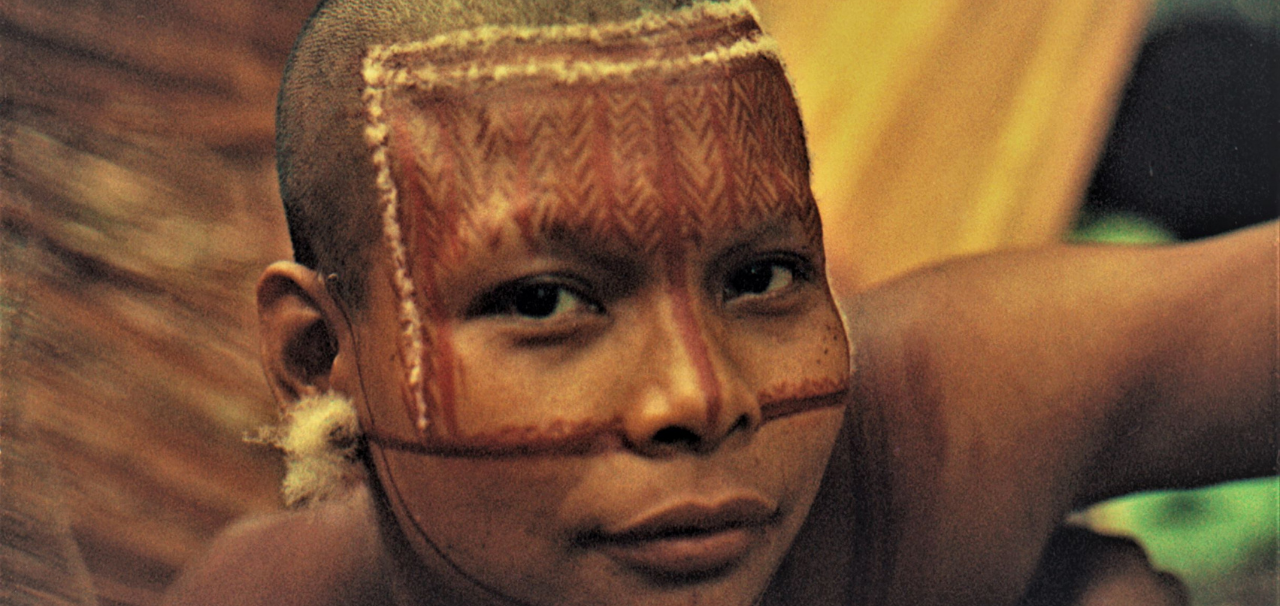To save the environment, it is not enough to focus on preserving nature. We must also promote cultural diversity and social justice. There are few places on earth where the importance of respecting native cultural identities to guarantee a sustainable planet for all is so crystal clear as in the Amazon forest. As businesses and consumers, we have a shared responsibility to help the rainforest and its indigenous communities survive.
Protecting the environment usually focuses on land, water and air. It’s about the numbers of trees planted, hectares of soils preserved, and pollution percentages in rivers and oceans reduced.
“Well, what’s wrong with that?” you may ask. The point of environmental action is protecting nature, isn’t it? Yes, it sure is. But all too often, we forget the people-part of saving the planet. In fact, preserving the environment is as much about nature as it is about respecting cultural diversity and promoting social justice.
Climate change and ecosystem damage disproportionally affect poor communities, ethnic minorities and native peoples. At the same time, researchers and policymakers are often overlooking culturally diverse perspectives on solving the world’s ecological problems. Traditional cultures and indigenous wisdom can teach us essential lessons about saving nature. We’d better start listening to them.
Untouched indigenous cultures living in the Amazon forest
The Sustainable Development Goals recognize that the world’s natural and cultural diversity is a crucial enabler of the sustainable development of local communities, peoples and nations. Living in Colombia, I don’t have to look very far to find both: places where natural abundance blends with age-old cultures that have been hardly touched by modern times.
The picture below shows some native indigenous items I bought on a recent trip to the Amazonas province, where Colombia borders Brazil and Peru. Indigenous peoples with incredibly rich and diverse cultures are scattered all across the country, and one of the places where their original lifestyles have been best preserved is in the Amazon forest.
I found the portrait of the woman from the Nukak indigenous people (featured at the end of this article) in the colorful and well-documented collection of the Museo Etnográfico in Leticia, Amazonas’ capital city.
The Amazon forest is, in fact, one of the few places on earth where many ancient indigenous cultures, against all odds, have been preserved largely untouched. Well, not all of them, but many at least. More than 200 indigenous groups are living in the rainforest. It is home to several still uncontacted native communities.
Majestic and breath-taking
The last time I traveled to the Colombian Amazonas was my third trip to the region. It has definitely cast a spell on me. I don’t know any other place that’s so pure in its closeness to nature, so breathtaking for its majestic beauty, and at the same time, so scary in a fascinating way. It’s a place of wild and ferocious animals, of larger-than-life insects, of wide and dark abysmally deep rivers, and of plants so poisonous they can kill animals and humans alike.
The Amazon forest is magical and mystical. The artworks, storytelling and rituals of its indigenous peoples are full of snakes, jaguars and underwater creatures representing divine forces closely living together with humans. Their use of hallucinogenic leaves, bark and seeds to communicate with ancestors and the spirits of the forests is interwoven with their daily lives.
Where the earth touches heaven
The indigenous inhabitants of the rainforest depict the cosmos in skillfully crafted decorations of flowers and trees, animals and insects. One of the treasures (made for tourists) in the photo is the painting on palm leaf fibers of the four worlds that make up earth and heaven.
I’m a cold-headed Dutch woman, but not in the Amazon. Walking on muddy trails in between formidable forest trees that reach up to the sky and surrounded by a wall of sound from invisible buzzing, humming, thrumming and chirping animals, I can’t help feeling overwhelmed by the other-worldly abundance of the forest.
The ancient stories told by indigenous people who speak Spanish alongside their local language are tales of beauty, cruelty and magic spells that creep under my skin.
It is a strange, mesmerizing realization that earth and heaven, heaven and underworld, are so close and so inexplicably intertwined.
The world needs the Amazon to fight the climate crisis
In the Amazon forest it also becomes crystal clear that the cultures of its indigenous inhabitants must be preserved and protected. This includes their unique capacity to live in seamless harmony with nature. Not just for do-good altruistic reasons (although that alone would be reason enough if you ask me), but to guarantee a sustainable future for everyone, everywhere.
The Rainforest Trust puts it this way: “The preservation of our rainforests is the best, most cost-effective defense we have against the loss of biodiversity and the current climate crisis.” With the rapid deforestation of the Amazon forests, harmful greenhouse gases are released back into the atmosphere. And this contributes to an increasingly unpredictable global climate and an increasingly uncertain future for the planet we live on.
That is why we should all be worried about the devastating advance of large-scale commercial exploitation in the Amazon rain forest. As businesses and consumers, we have a shared responsibility to help the rainforest and its indigenous communities survive – no matter where in the world we are located.
Deforestation and wildfires making the headlines
But the deforestation of the “lungs of the world” and its devastating impact on nature and people have been making headlines for years now.
Brazil, which is covered by 60% of the Amazon forest, attracts the most international media attention. We all remember the global coverage of the human-induced wildfires in 2019, that had celebrities such as movie star Leonardo di Caprio and supermodel Gisele Bundchen launch social media campaigns to raise awareness and funds to address this disaster.
However, the ruthless advance of large-scale exploitation, modern infrastructure projects and western-style living is not limited to Brazil. It is also heavily affecting Colombia (with over 40% of its territory covered by the Amazon forest) and other Latin American countries that host a slice of the Amazon.
Farming, mining, railroads and dams destroying nature and livelihoods
Tens of thousands of kilometers of highways now cross formerly well-preserved parts of the forest and many more roads and railroads will soon be constructed. Large-scale agriculture and cattle ranching rapidly erase large portions of the once impenetrable jungle.
Commercial mining concessions for the exploitation of oil, gas and other minerals in the rich Amazon soil are another danger to the survival of ecosystems, species and local indigenous communities.
And if all this was not enough, hydroelectric dams pose another serious risk to the Amazon forest. According to a report of the World Wildlife Fund (WWF), in almost every river of the extensive forest dams for the production of hydroelectric energy have now been constructed. Their enormous impacts on the ecology, economy, climate and the traditional livelihoods of the indigenous inhabitants of the subcontinent have been extensively documented. Nevertheless, the construction of hundreds of new dams is being planned in the coming years.
Signs of climate hypocrisy
This may all seem a far-away concern to audiences outside Latin America, something that sparks our short-lived anger at most – as happened with the international outrage that briefly conquered global attention when the Brazilian Amazon forest was on fire and then quickly died away.
But it isn’t.
The high-speed reduction of the rainforest affects the climate and ecosystems far beyond this continent. And it’s also good to realize that many mining, infrastructure and hydroelectric companies operating in the Amazon forest are owned by multinational corporations based in western countries and Asia.
Major global investors show worrying signs of “climate hypocrisy”, as Earth.org points out. Take BlackRock, for instance. While publicly stating it will no longer invest in environmentally damaging commercial ventures, this US-based investment giant actually keeps pumping money into companies with a high deforestation risk.
Amazon forest products in Western shopping carts
On the market side of things, the alarming environmental and social impacts of the Amazon forest’s commercial exploitation are not just a local issue either. Mining activities, extensive cattle ranching and intensive crop farming – which are the major causes of deforestation – are largely undertaken to satisfy the demands of European, North-American and Asian customers.
From soybeans to beef, from rice to vanilla, the region is home to a great variety of products that may have landed in your shopping cart as well if you live outside Latin America. Stacker recently compiled an eye-opening list of twenty products you may never have realized come from the Amazon rain forest.
Commercial exploitation generously backed by local governments
The economic and political power of large cattle farmers, agrobusiness owners, mining corporations and infrastructure companies seems difficult to counter. Especially so since they have the backup of president Bolsonaro in Brazil, who is notoriously insensible to calls for preserving the rainforest and protect its people. They can also count on the leaders of other countries that host parts of the rainforest. In Colombia, for example, governments have, time and again, prioritized shareholder capitalism and resource extraction over social justice and the environment.
However, there are numerous businesses actively committed to protecting the rainforest and its native inhabitants. They may be mostly small in size, but they are have become references for socially and environmentally sound entrepreneurship in the Amazon countries. Slowly but steadily, the number of companies that copy and scale these sustainable business models is growing.
Social businesses with roots in the rainforest
In Brazil, 100% Amazonia has been specializing in renewable non-timber forest products and supply chain development of unique ingredients for food, beverage and cosmetics industries since 2009. Calling itself “a social company with roots in the forest”, it brides the gap between local communities and international customers. Today, 100% Amazonia exports to 60 countries.
Colombia is home to the highly popular WOK restaurant group with a menu featuring elaborate dishes from a wide variety of Asian kitchens (Yes, definitely one of my favorite lunch or dinner places as well!). It was co-founded by a purpose-driven chef who refined his culinary skills in London and Thailand. Many of its Asian-style ingredients are directly sourced from producers in regions such as the Amazon.
Local tourism industry collaborating with indigenous inhabitants
Small-scale sustainable tourism enterprises can be found in different countries and different places along the Amazon river and, for more adventurous travelers, further inwards in the isolated, thick forests. Many of them closely collaborate with local indigenous people and employ local community members to provide services to guests.
Visiting these venues grants you an intimate look into local ways of living. My girl Nina, who was 10 at the time, still shivers with a mix of joy and fear when we recall how we were paddled around by a Huitoto indigenous guide in a fishing boat on a pond in the middle of the forest.
Everything was still and quiet on the surface of the calm water – except for the sudden ripples made by caimans, who turned out to be everywhere around us. At just a few meters’ distance, they slowly lifted their snouts above the water. Showing off their huge jaws with rows of pointed teeth, they stared at us suspiciously from their half-closed, bulging eyes.
(Our good-humored guide reassured us laughing: “¡Señora, no se preocupe! – M’am, no worries! If you don’t upset them, they are your best friend!”
Indigenous social enterprises
Native inhabitants are also undertaking their own business ventures. A successful example is Tashka Yawanawa, chief of the Yawanawa people in western Brazil. Under his leadership, this indigenous community has been supplying the locally grown urucum or annatto pigment to the Aveda Corporation in the United States.
Reports of indigenous peoples of the Amazon forest using the pigment as body paint date back to the arrival of the first Spanish conquerors. Some applied it in preparation for war, using the vivid reddish color to symbolize the blood of their opponents. Today, Aveda (owned by Estée Lauder Companies since 1997) adds the pigment as an ingredient for its cosmetics products.
Landscape News cites Tashka, who points out that the money from the sales to the USA-based firm is shared among the eight Yanawana communities. Part of it goes to activities that celebrate Yanawana history, culture and values. The indigenous chief hopes to promote an alternative vision of wealth and assets, so that his community can identify ways of using their cultural resources to fuel business deals on their own terms.
How large corporations can go green and social in the rainforest
But it’s not just small-sized businesses and locally owned indigenous social enterprises that can help preserve the Amazon forest and provide sustainable livelihoods to preserve native cultures. Cosmetics multinational of Brazilian origin Natura proves that large corporations can do the same if they truly commit to purpose alongside profit.
The company, which recently acquired The Body Shop and Avon and is now the fourth-largest cosmetics producer in the world, has been upholding socially and environmentally driven values since its founding in 1969. Natura sources a considerable part of all its natural ingredients from forest communities. One of its plants is based in the Brazilian Amazon, and it extracts raw materials from the rainforest in a way that respects and reserves nature.
According to Guilherme Leal, co-founder and co-chairman of Natura & Co in The Telegraph: “We provide a good example of the truth that it is better to exploit Amazonia’s riches rationally than to squander them.” Instead of opting for short-term exploitation of the forest, the cosmetics giant has chosen a long-term approach that demands heavy investment.
This strategy has turned out to be a commercial success.” Our approach has generated considerable financial returns and spurred a half-century of consistent growth,” says Leal.
The Life Guardians we all need to survive
Indigenous communities are the guardians of biodiversity and non-industrialized, respectful coexistence with the lush nature of the Amazon rainforest. They are the Life Guardians we all need – everyone, everywhere, for a sustainable future on our planet.
There are many businesses and social enterprises that show how the rainforest can be exploited in a way that respects nature and people. As consumers, we all have the option to choose our imported products from the Amazon region carefully. It is key that we spend our money only on goods and services that are aligned with green and social values, whether it’s the cosmetics we put on our skin or the tourist facilities we travel to.
The world’s natural and cultural diversity is a crucial enabler of sustainable development – but only if we do all we can to protect the peoples who care for its survival.
• • • • • • • • • • • • • • • • • • • • • • • • • • • • • • • • • • • • • • • • • • • • • • • • • • • • • • • • • • • • • • • • • • • • • • • • • • • • • • • • • • • • •
Respect for cultural identity is a fundamental human right. The need to preserve nature and cultures is promoted through the SDGs and the 2030 Agenda for Sustainable Development. Why is this so important for entrepreneurs and business leaders? Have a look at the free resources on Business and Human Rights, SDGs and Social Impact at FairChange Academy.
Would you like to get my latest blog posts, free resources and updates directly in your inbox? Subscribe to FairChange news!
• • • • • • • • • • • • • • • • • • • • • • • • • • • • • • • • • • • • • • • • • • • • • • • • • • • • • • • • • • • • • • • • • • • • • • • • • • • • • • • • • • • • •
Resources
Amerilure: “Annatto-Annatto Oil, Norbixin And Bixin Powder”
Earth.org (October 2020): “10 Major Companies Responsible for Deforestation”
Euronews (August 2019): “The Amazon rainforest is on fire, what can you do about it?”
GreenBiz (September 2020): “How important is the Amazon Rainforest for the Brazilian economy?”
Landscape News (June 2018): “Aveda enterprise in Amazon offers Yanawana people diverse benefits, chief says”
Museo Etnográfico, Leticia
Stacker (May 2021): “20 products you might not know are from the Amazon rainforest”
WWF (2016): “Las seis grandes amenazas de la Amazonía”
The Guardian (May 2021): “Food giants accused of links to illegal Amazon deforestation
The Telegraph (June 2019): “How to be green: Exploiting rainforest riches while conserving them”
100Amazonia website https://www.100amazonia.com.br/
Natura website https://www.naturabrasil.fr/en-us/
Restaurantes WOK website http://wok.com.co/wps/portal/wok

